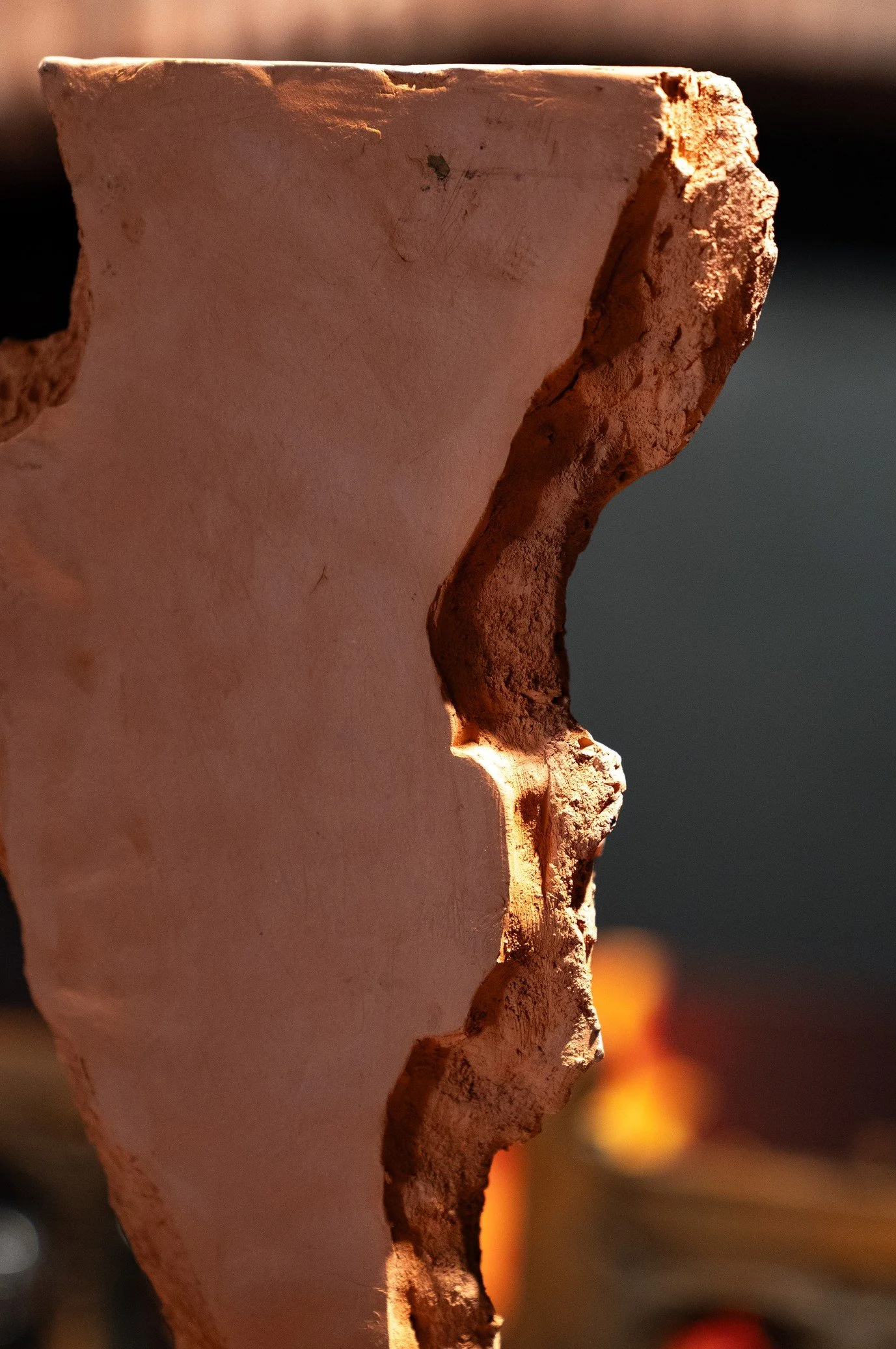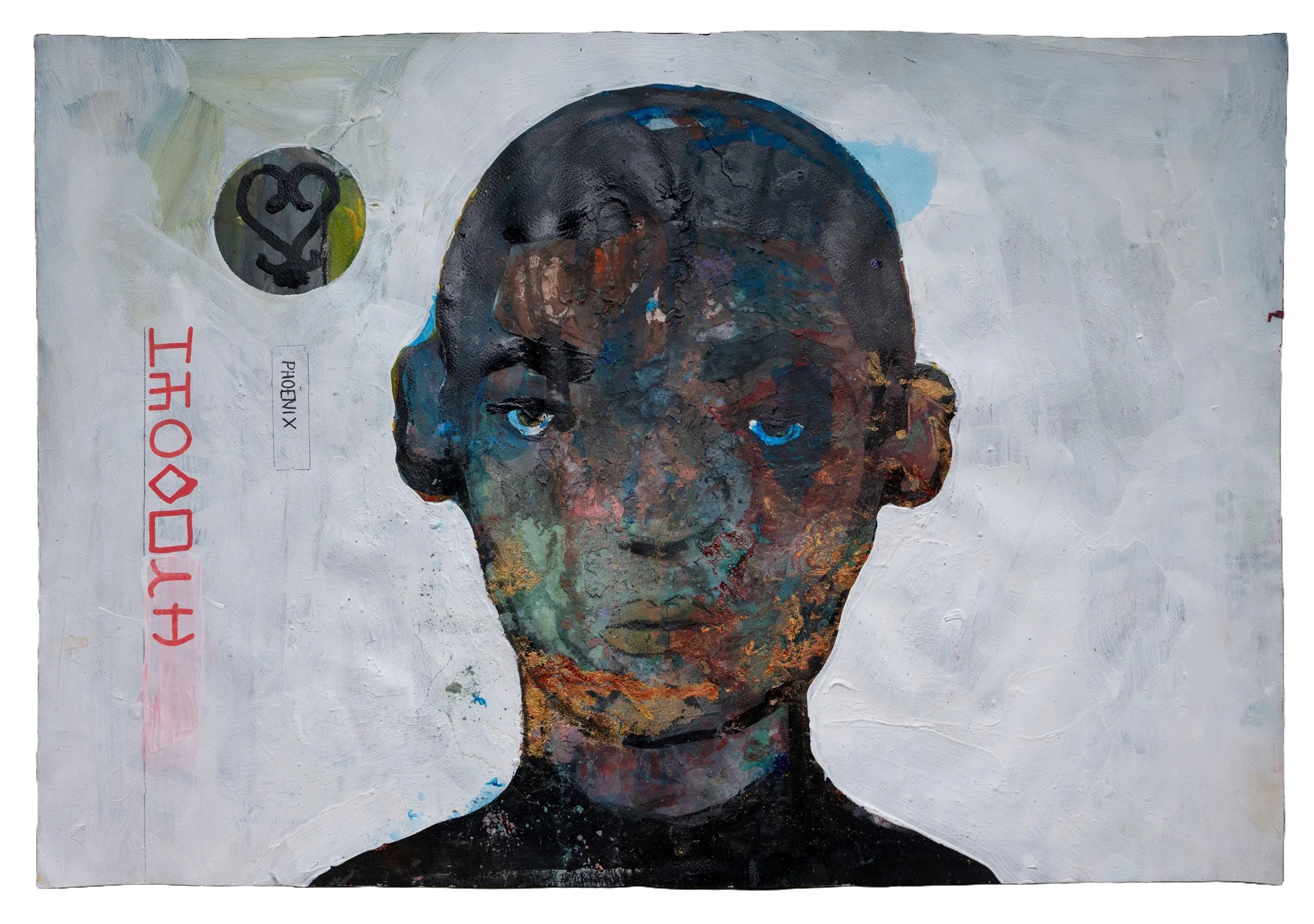
Exhibition: “To Heal A Butterfly”.
-
To Heal A Butterfly is a series of artworks that confronts Britain’s imperial past through improvisational portraiture, digital animation, and sculptural installation. The works draw on the Wilberforce Institute’s research into the Sea Islands & Jamaica enslavement records—archival traces that survive from the transatlantic slave trade. These documents, preserved across plantation inventories, shipping ledgers, and financial accounts, reveal the ways in which enslaved Africans were systematically commodified: transformed into entries of property, valued in currency, and reduced to statistics in an economy built on exploitation.
By engaging with these records, the project not only illuminates the lived realities that lie obscured beneath the language of trade but also reflects on how such practices laid the foundations of institutional racism. The logics of categorisation, dehumanisation, and control that underpinned slavery were embedded into Britain’s economic, legal, and cultural systems, shaping social hierarchies and racial ideologies that persist today.
In this body of work, the archival figures are not only reimagined visually but also reconnected linguistically. The names of the portrait subjects—often listed in ledgers with partial spellings, anglicised distortions, or reduced to single identifiers—are translated through a phonetic system of Adinkra alphabets from Ghana, West Africa. This act of translation functions as a form of reclamation: restoring rhythm, symbolism, and cultural resonance to names that had been stripped of context by the violence of enslavement. Each re-inscribed name thus becomes both a memorial and a bridge, linking the displaced individuals of the archive to ancestral languages, philosophies, and cosmologies that colonial systems sought to erase.
Through this dual process of visual reinterpretation and linguistic restoration, To Heal A Butterfly seeks to transform the archival remnants of violence into spaces for reflection, remembrance, and reimagining. By giving form, face, and name back to those rendered nameless and faceless by history, the project enacts a creative act of witness—opening pathways of healing across time and geography, and honouring lives that were never meant to be forgotten.
Video by Jonny Guardiani.












